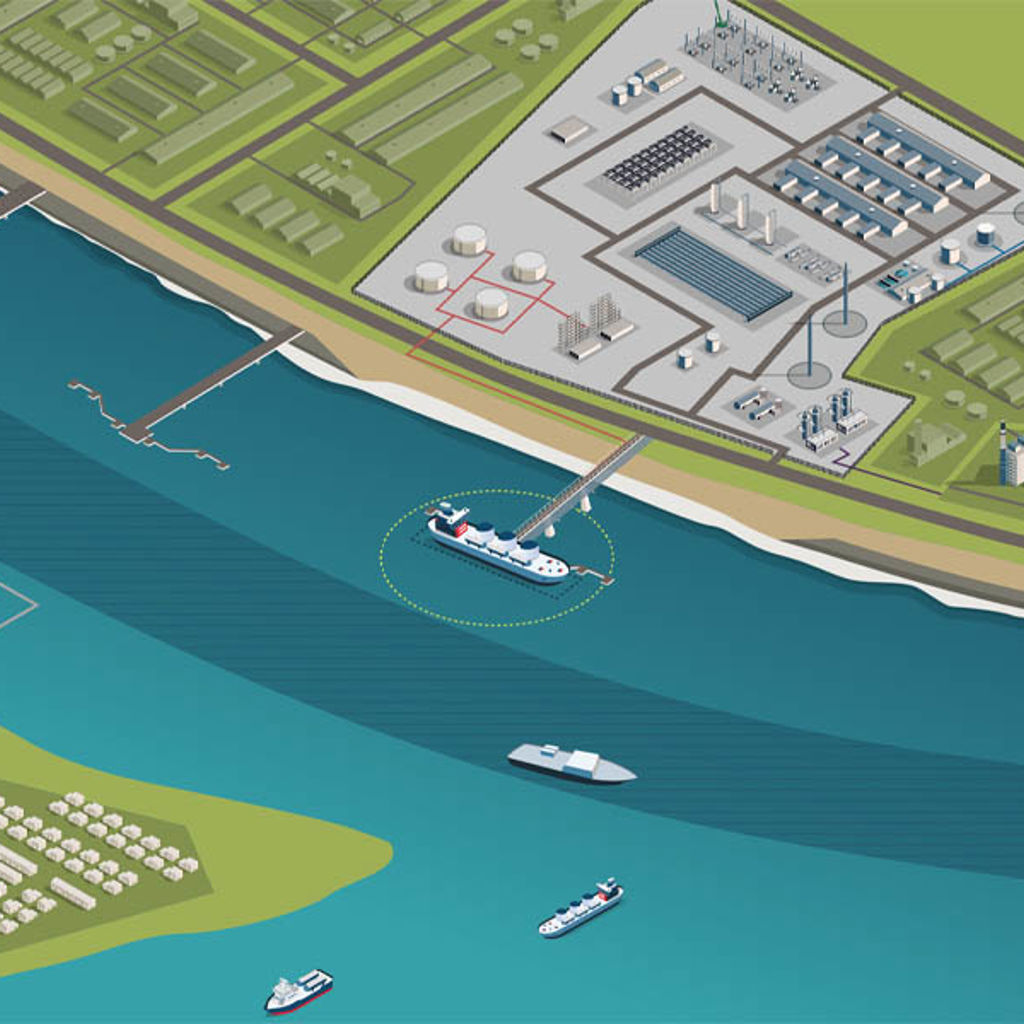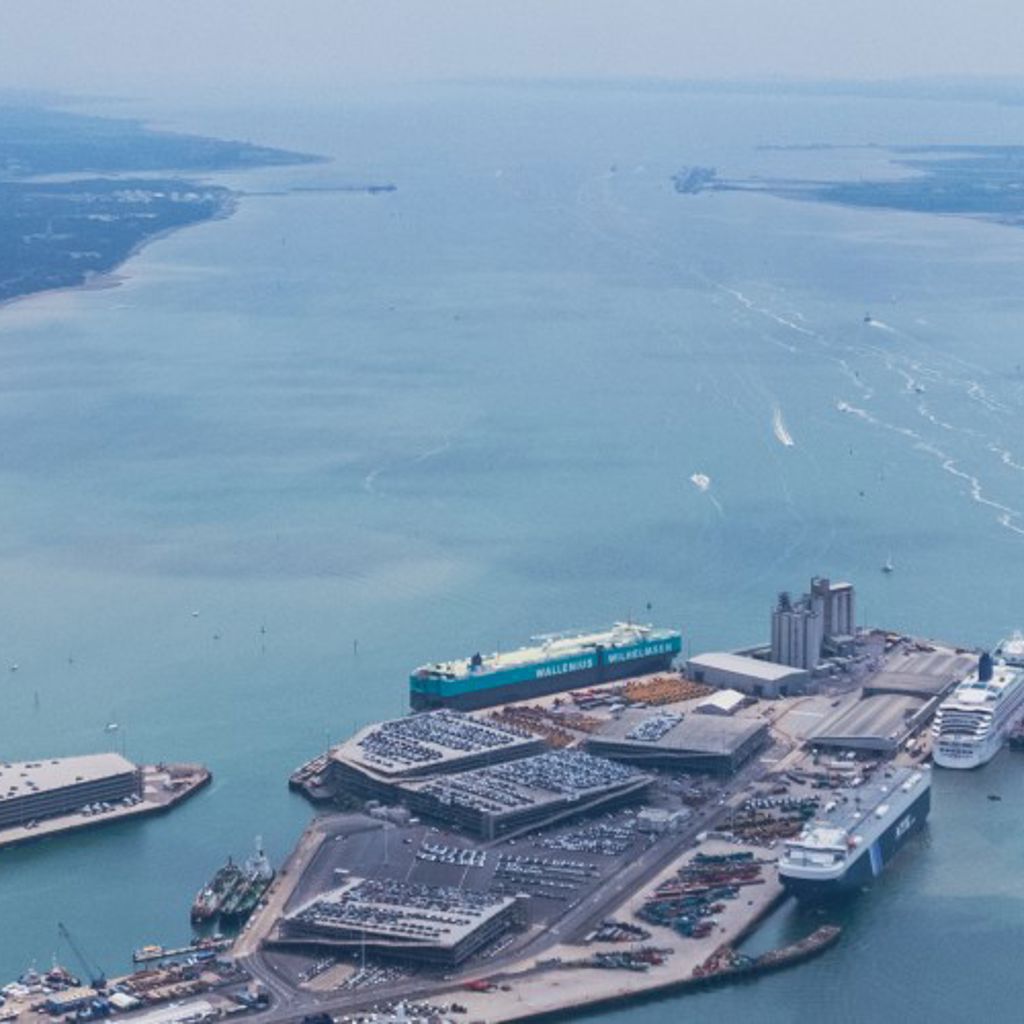The role of ports in the energy sector has long been significant, with over a third of current shipping linked to the transportation and trade in fossil fuels.
However, the dominance of coal, oil, and gas will diminish as the world shifts toward cleaner energy solutions. How do ports and the wider maritime sector fit into the new, green energy world?
In this evolving landscape, ports are emerging as critical enablers of the energy transition. They are supporting the rollout of offshore wind, facilitating the trade of sustainable fuels, and will increasingly serve as multimodal hubs for electrified transportation, all while continuing to transport roughly 90% of traded goods, connecting communities around the world.
By fulfilling these roles, ports of all shapes and sizes have the potential to play a key role in the journey to net zero – not just in managing their own emissions, but by becoming energy hubs that support the transition to secure, sustainable, and cost-effective power systems. As gateways to global trade, ports fuel urban economies by driving supply chains, fostering industrial growth, enabling innovation, and sustaining the livelihoods of billions. Ports have also been vital to the global energy sector, acting as strategic hubs for the import, export, and distribution of fossil fuels. Yet, the global shift to a greener future is reshaping the energy landscape. A profound shift is underway in how energy is produced, stored, transported, and consumed – with renewable sources like wind and solar being deployed at an unprecedented scale to deliver clean, sustainable power. In this changing context, ports and port cities have an opportunity to develop important and mutually beneficial roles in this new energy system.
Realizing the potential
There is increasing recognition that a step-change in port and energy investment will be required to support countries’ decarbonization goals. Work completed by Arup on behalf of the Global Maritime Forum estimates that as a sector, shipping’s energy needs alone could require a $4 trillion investment to develop renewable infrastructure, hydrogen production, and fuel production facilities.
Without changes in policy, financing, and wider support to drive change, ports risk becoming bottlenecks to the green energy transition. At Arup, we’re supporting policymakers, the energy sector, and investors – as well as ports themselves – to accelerate this transition.
Our new research with C40 Cities explores a wave of socioeconomic benefits for local people, businesses, and investors that can be unlocked by port cities through three key opportunities:
- Investing in Offshore Wind Hubs: Ports can serve as vital staging grounds for manufacturing and deploying offshore wind turbines. This not only boosts exports but also creates thousands of skilled green jobs in the community.
- Investing in Sustainable Fuel Hubs: Ports and port cities can help the world move away from fossil fuels by becoming centers for producing and exporting cleaner fuels. This includes both clean fuel as cargo to power transportation and industry and refuel ships. This supports global efforts to reduce emissions and creates local jobs and investment.
- Investing in Electrification Hubs: By providing clean electricity to ships, trucks, and port equipment, ports can drive the shift to electrified transportation and cut carbon and air pollution. Supplementing this with on-site renewable generation and storage can also create decentralized, resilient port energy systems.











